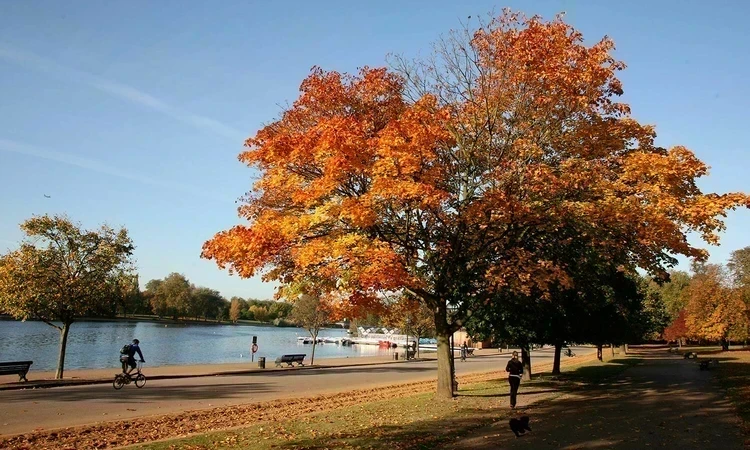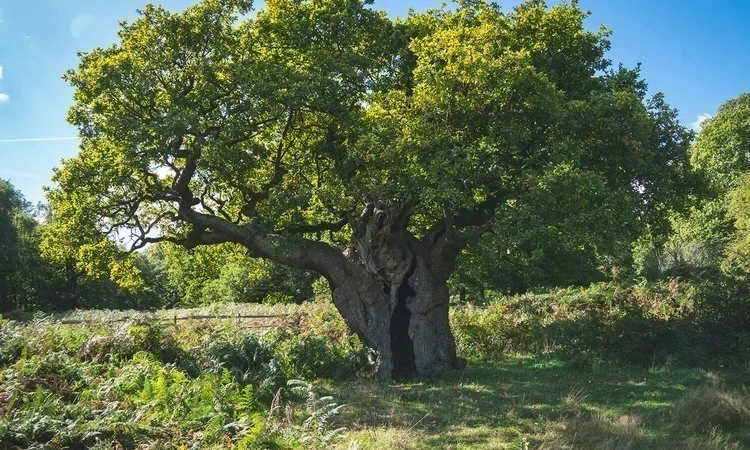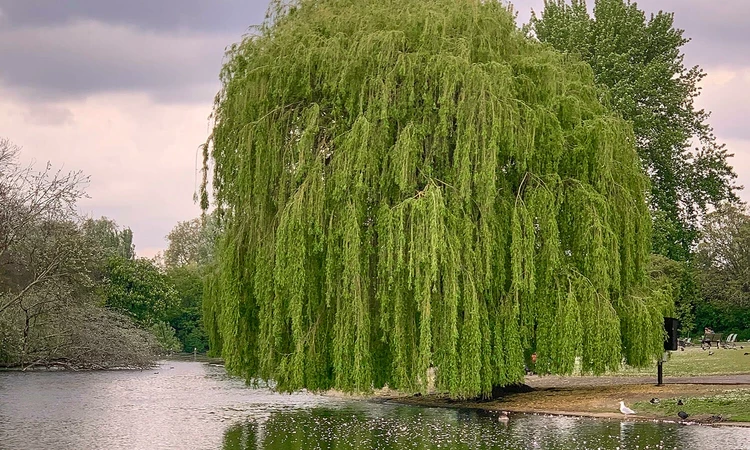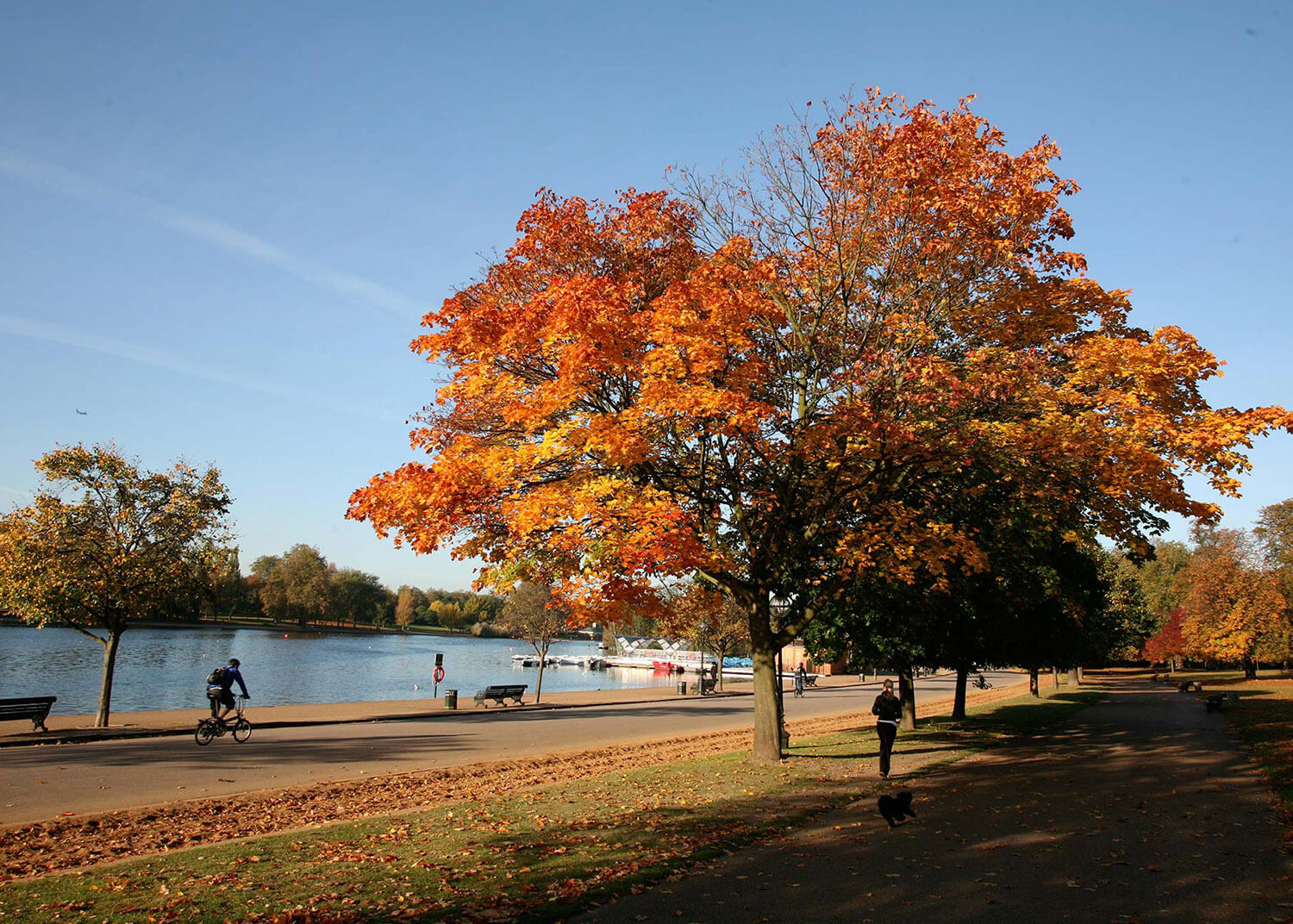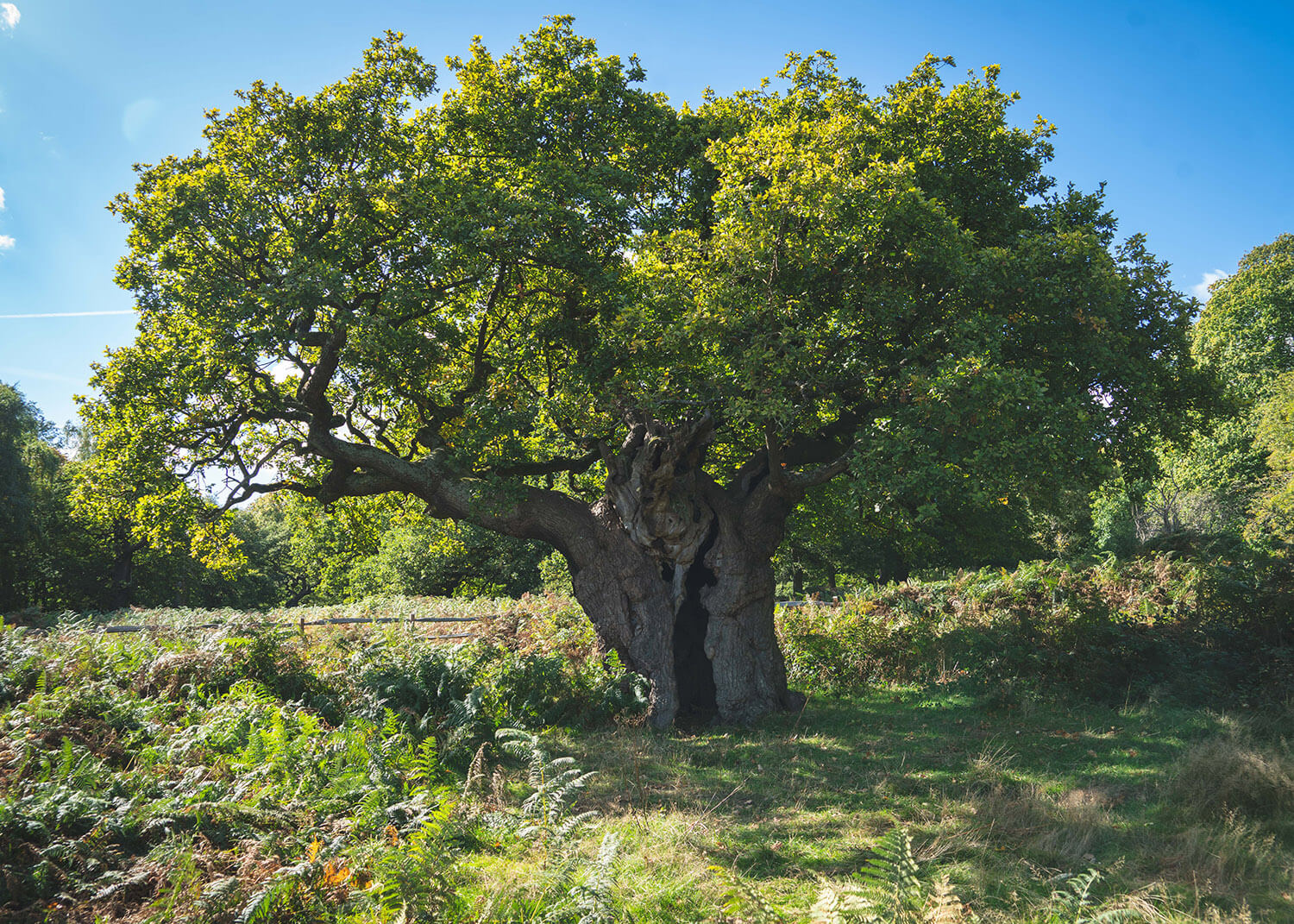-scr (1).jpg.webp?itok=cu9h4qMr)
Why are trees so important?
Trees are vital. As the biggest plants on the planet, they give us oxygen, store carbon, stabilise the soil and give life to the world’s wildlife. They also provide us with the materials for tools and shelter.
Key information
Not only are trees essential for life, but as the longest living species on earth, they give us a link between the past, present and future.
Trees benefit health
The canopies of trees act as a physical filter, trapping dust and absorbing pollutants from the air. Each individual tree removes up to 1.7 kilos of pollutants every year. They also provide shade from solar radiation, and reduce noise.
Over 20 species of British trees and shrubs are known to have medicinal properties. The oil from birch bark, for example, has antiseptic properties. And the blossom on lime trees, found all over the Royal Parks, can be used to relieve stress when brewed as a tea.
Research shows that within minutes of being surrounded by trees and green space, your blood pressure drops, your heart rate slows and your stress levels come down.
Trees benefit the environment
Trees absorb carbon dioxide as they grow and the carbon that they store in their wood helps slow the rate of global warming.
Older trees, like those found in Richmond Park and Bushy Park, store more carbon for longer, and work it back into the soil which is better for the environment. The ancient trees of the Royal Parks are amongst the best 'carbon storage units' around.
These trees reduce wind speeds and cool the air as they lose moisture and reflect heat upwards from their leaves. It’s estimated that trees can reduce the temperature in a city by up to 7°C.
Trees also help prevent flooding and soil erosion, absorbing thousands of litres of rain water every year.
Trees boost wildlife
There are some rare and unusual species living in the parks trees, including multiple species of bats in Hyde Park and Kensington Gardens as well as a range of invertebrates.
Trees host complex microhabitats. When young, they offer habitation and food to amazing communities of birds, insects, lichen and fungi. When ancient, their trunks also provide the hollow cover needed by species such as bats, woodboring beetles, tawny owls and woodpeckers.
One mature oak can be home to as many as 500 different species. Richmond Park is full of such trees, which is one of the reasons it has been designated a National Nature Reserve and Site of Special Scientific Interest.
Trees strengthen communities
Trees strengthen the distinctive character of a place and encourage local pride. Urban woodland can be used as an educational resource and to bring groups together for activities like walking and bird spotting. Trees are also invaluable for children to play in and discover their sense of adventure.
The Reformers Tree commemorated in Hyde Park is a nationally important symbol of the workers and civil liberties movement. Much of what we have today that is taken as a fundamental right, such as weekends, the vote, sick pay and freedom of speech can be traced back to the Reform League and Reformers Tree. Although not a living tree, the Reformers Tree and legacy is arguably one of the most important parts of British life today.
Trees grow the economy
People are attracted to live, work and invest in green surroundings. Research shows that average house prices are 5-18% higher when properties are close to mature trees. Companies benefit from a healthier, happier workforce if there are parks and trees nearby.
There are a number of paper mulberry trees in the Royal Parks. The inner bark of the paper mulberry was the first source of paper money in China several hundred years ago.
Trees connect us to the past
The old sweet chestnuts of Kensington Gardens were in Queen Victoria's back garden when she was a child. Quite a few of the trees here would have been visited by royals and other notable figures over the years. In Kensington Gardens you can sit under a tree that the child version of Queen Victoria may have played under!
Trees protect the future
The number of people with homes in cities is now far greater than those living in the countryside. Parks and trees will become an even more vital component of urban life. We must respect them and protect them for the future.
Today, in recognition of the climate emergency, we are planting more trees and plants aimed at environmental conditions predicted for the future.
-

Together, we can care for our trees
The devastating effects of climate change cannot be overstated, and we can already see the impact of these changes across your parks.
-
.jpg.webp?itok=l0klM8qE)
The trees of Greenwich Park
There are more than 3,000 trees in Greenwich Park including ancient chestnuts, veteran oaks, majestic planes and evergreen cedars.
-
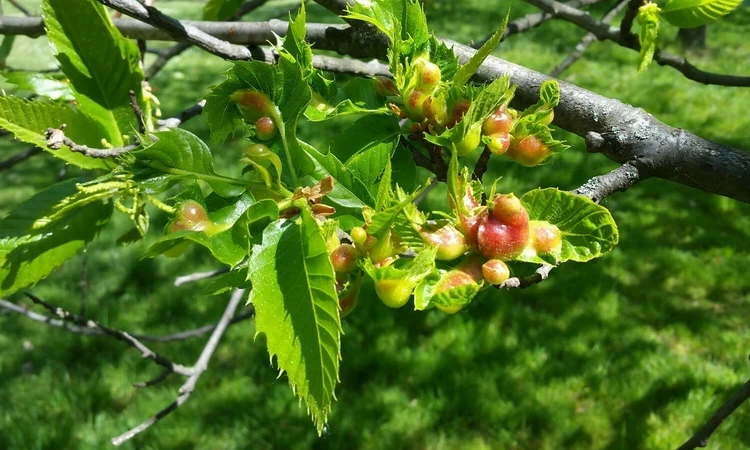
Tree Diseases: Taking Care of London’s Trees
Managing tree disease within the Royal Parks
-

Music for Trees mobile app
An immersive soundscape that combines original musical compositions with the trees that inspired them.






